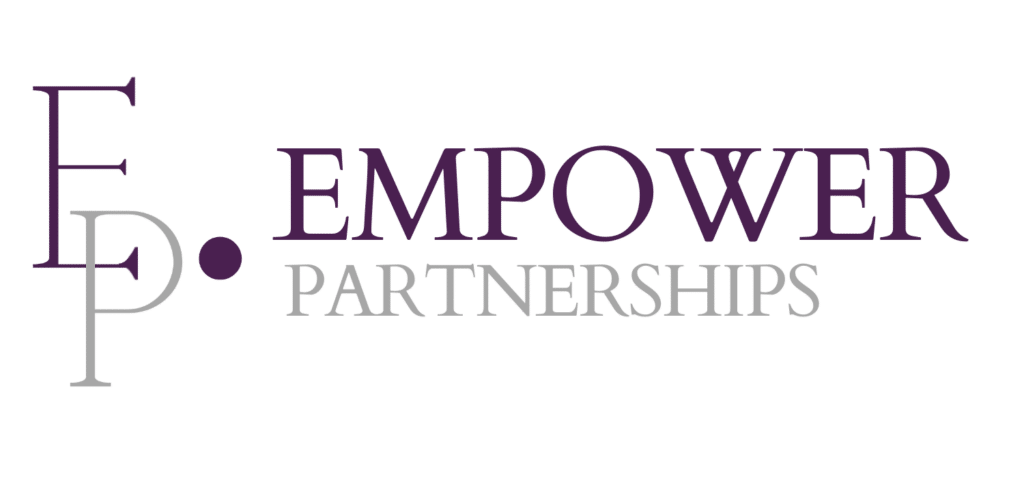What incentives truly motivate your team? Whether you’re a small start-up or multinational enterprise, an effective employee incentive program can keep your people happy, engaged, and contributing to the success of your business. Here, we break down common employee incentive ideas by difficulty to implement — so you can find the strategies that best align with your organizational goals and resources.
Easy to Implement
Short on resources to dedicate toward an incentive program? Luckily, some incentives require minimal financial investment and can be quickly integrated into your existing culture. They focus on building a positive work environment and enhancing employee morale without overhauling current systems.
Unique Perks
Exclusive benefits can help you stand out in a saturated market. From health programs to unique office amenities, tailored perks can make your company especially appealing to potential job candidates (and current employees).
How to administer: Identify perks that resonate with your company’s culture and the expectations of potential candidates. For example, tech start-ups might offer gaming zones, while wellness companies might provide monthly massage sessions or meditation classes.
Recognition and Awards
Given that only 23% of employees feel adequately recognized, the value of acknowledging outstanding work can’t be overstated. Beyond verbal praise, formalize your recognition to make employees feel genuinely valued.
How to administer: A simple “well done” goes a long way in making an employee feel valued, but establishing a structured employee recognition program can be even more impactful. Celebrate employee achievements through company-wide newsletters, meetings, or dedicated events.
Moderate to Implement
Striking a balance between effort and reward, these incentives involve a moderate level of planning, resources, and commitment. They offer long-term benefits but typically require careful resource allocation to implement effectively.
Performance Bonuses
While money isn’t everyone’s primary motivator, monetary rewards based on individual or team performance remain a compelling incentive to drive productivity.
How to administer: Set clear, measurable key performance indicators (KPIs) and ensure that the bonus structure is transparent and understood by everyone. A performance management system can simplify tracking and evaluating performance against set benchmarks, ensuring fairness and clarity.
Flexibility & Remote Work
In today’s post-pandemic world, options like hybrid work, flexible hours, and reduced workweeks are a significant draw, as they demonstrate your organization’s commitment to work-life balance.
How to administer: Embrace tools and technologies, such as collaborative software and VPN access, that support remote work, and draft clear policies around flexible working conditions. Guidelines detailing work hours, expectations, and performance metrics are essential to boost productivity and increase employee satisfaction in a flexible working environment.
Learning & Development Opportunities
Candidates today are motivated by more than monetary incentives; they want a role that contributes to their career journey. By providing courses, workshops, and training opportunities, companies cater to this desire for professional growth.
How to administer: Many companies find value in partnering with educational institutions or online platforms to offer discounted courses and certifications. You might also consider creating a learning management system for in-house training, or allocate a budget for employees to attend relevant workshops, webinars, or conferences.
Challenging to Implement
While the most resource-intensive and complex to implement, these incentives can also be the most effective at encouraging employee engagement and boosting your bottom line. They often require an overhaul of existing systems or the introduction of new, comprehensive strategies.
Competitive Compensation Packages
Compensation isn’t just about paying for work; it’s about valuing the individual’s skills and potential. Offering competitive salary packages signals a recognition of an employee’s worth, setting the foundation for a long-lasting professional relationship.
How to administer: Regularly conduct market research and internal evaluations to keep up with industry standards and inflation rates. Also, consider conducting annual or biannual compensation reviews to ensure fair pay scales and equity across roles.
Career Growth Pathways
Employees stay where they see a future. Offering a clear roadmap for growth assures them of their valued place within the organization.
How to administer: To roll out a pathway program, define precise job descriptions, and create a progression map for each role, laying out the advancement criteria. Identify training needs and develop corresponding training programs, ensuring you maintain clear communication with employees about growth opportunities.
Profit Sharing Plans
Profit sharing aligns employee interests with the financial success of the company. This can, in turn, increase employee motivation and create a sense of shared ownership and responsibility.
How to administer: After establishing the terms and criteria for the program, decide on the percentage of profit to be shared and how you will distribute it among team members. Be mindful of legal and tax implications, offer documentation to employees, and consider using dedicated software or financial planners for smoother management.
Whether you’re focused on retaining talent or attracting the next best candidate, Empower Partnerships is here to help you find the right fit. Reach out today to start building happy, satisfied, and motivated employees.



